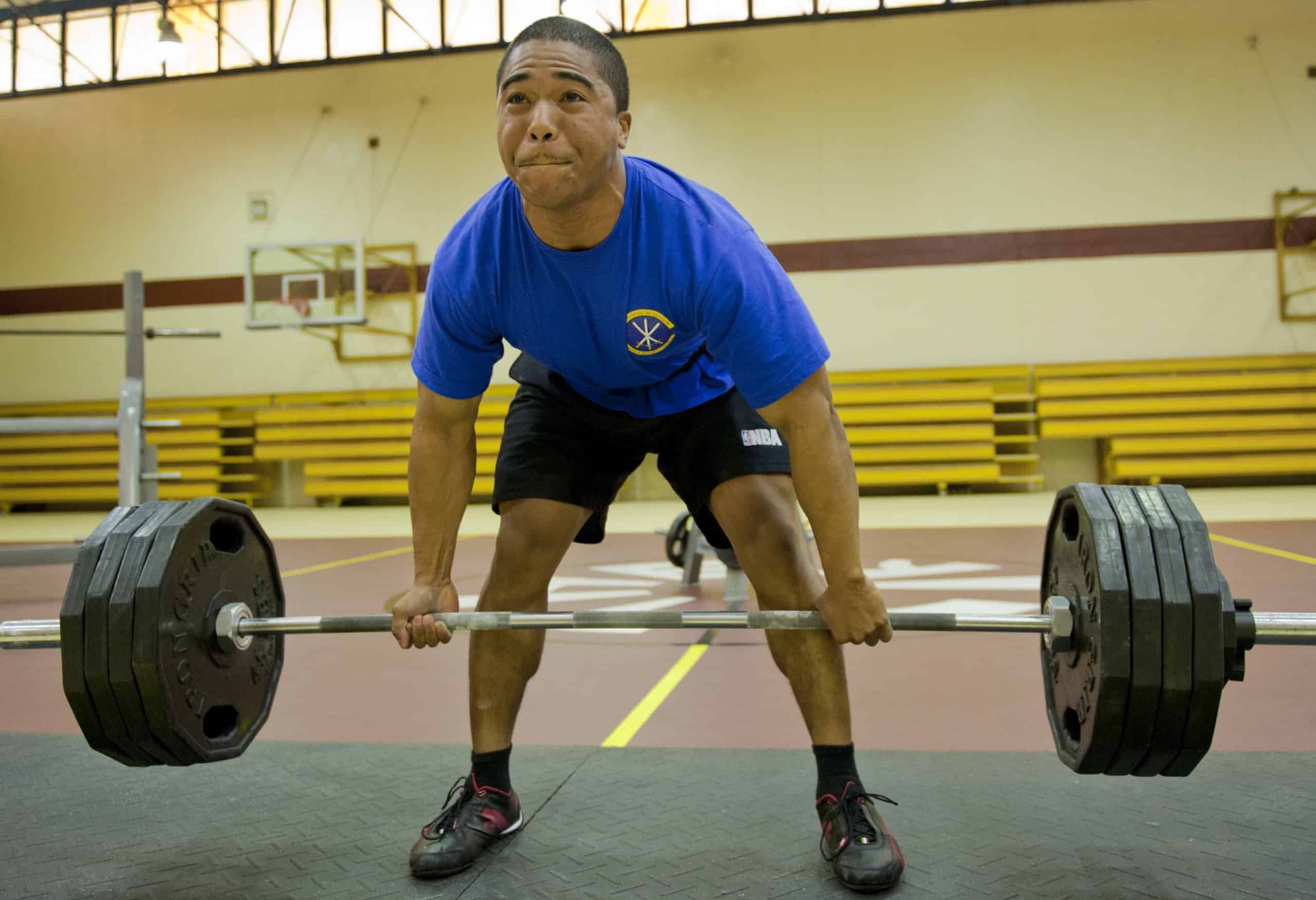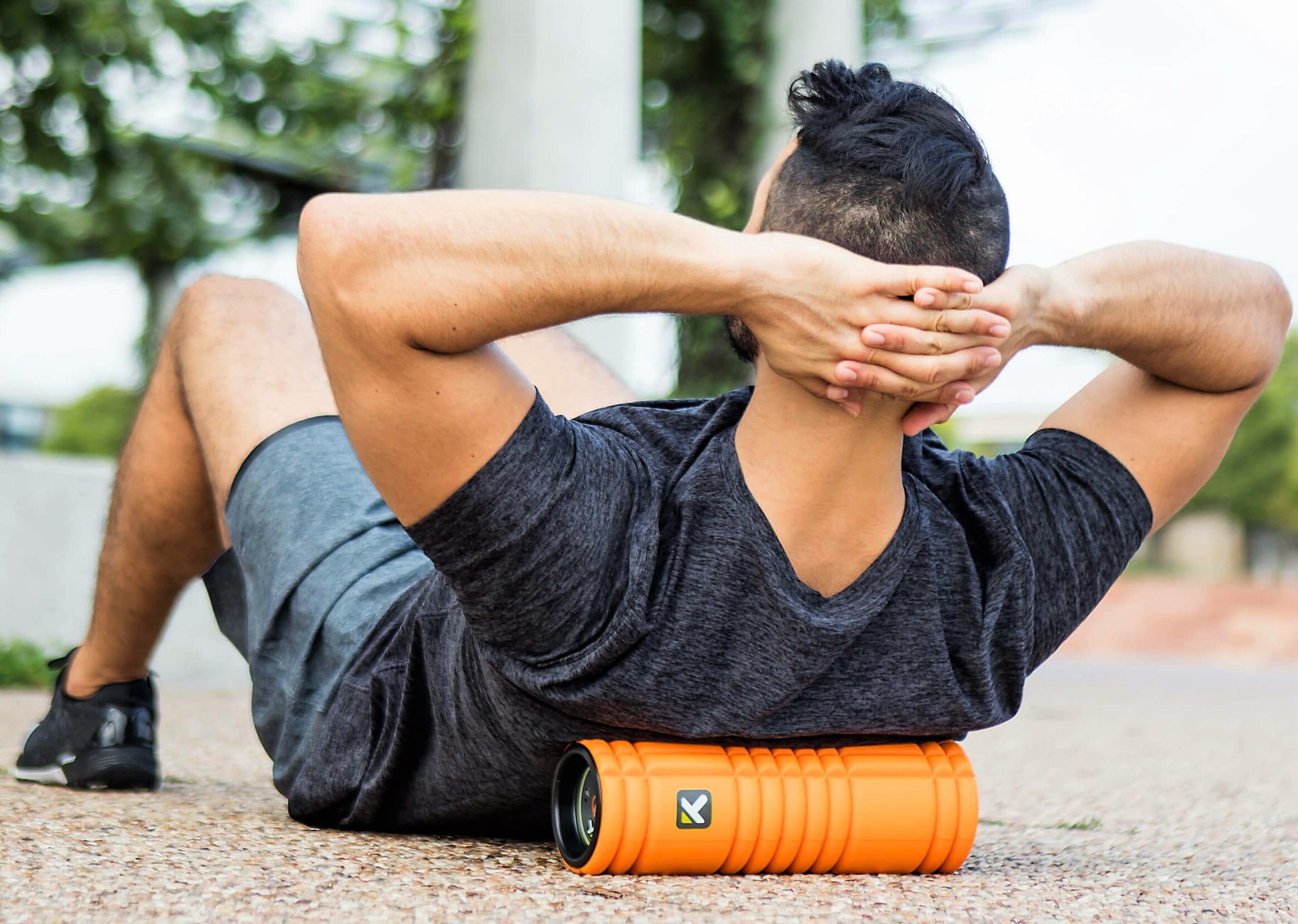Injury prevalence is higher among the deadlift than any other lift, yet studies on injuries are quite low for deadlifting, versus squatting or bench pressing.
From what we do know, however, research points to high load and overall intensity rather than bad form as the primary factor behind injuries (with poor form simply accelerating the process for some trainees). This basically means that the reason deadlifting may be dangerous is that it puts far more stress on the joints and tendons than any other lift, owing to the fact that most powerlifters deadlift more than they squat or bench press.
Does that make the deadlift a dangerous exercise? No, not really. You have to remember that the overall prevalence of injury in powerlifting is still extraordinarily low for sports in general, and about average for non-contact strength sports (lower than Olympic weightlifting, even), and far below injury rates for contact sports (martial arts, football, rugby, hockey, etc.)
That being said, understanding how and why deadlifting injuries occur can help give trainees a better insight into what symptoms to watch out for, when to adjust form, and when to just take a break from lifting entirely for a while. The biggest piece of advice to come out of this article, dear reader, is that you should rigorously rehab any and all injuries you have or have had (the biggest risk factor by far for a new powerlifting injury is a previous injury).
What Causes Deadlifting Injuries?
The deadlift is a hip hinge. You load a barbell in front of you, grip it, and extend through the knees and hips until you’re upright. Your quads, hamstrings, and glutes do most of the work. Your hip flexors work through both the hips and knees to extend both, just like in the top portion of the squat. Meanwhile, your erectors, core, and various back muscles work hard to stabilize the spine and maintain a neutral position.
Lumbar and thoracic injuries are very rare during the deadlift, and in powerlifting in general. Lumbosacral injuries, however, are more common (among those who get injured). The lumbosacral region is the lower lumbar and sacral spine (the lowest point of the spine). Keep in mind that the actual numbers on deadlift injury prevalence, as well as what injuries are most common, are limited. Because of the way powerlifting training is structured (most lifters train all three lifts at least once or twice a week), it’s hard to totally attribute one type of injury to a single lift anyway. But from what we know, spinal injuries in the deadlift are the most common kind of deadlifting injury, and these usually occur closer to the tailbone rather than the upper back.
Next to that are hip injuries. These are varied and common among deadlifting injuries, from strain to damage (fractures) in the pelvic area. Meniscus tears within the knee are the most common kind of deadlifting knee injury, but knee injuries are generally rarer in deadlifts than in squats. Finally, there’s the bicep tear, which is an unfortunate yet common consequence of using a mixed grip when deadlifting (a supinated grip places far more stress on the biceps than a pronated grip).
Slipped Discs and Back Sprains
The main reason the deadlift is dangerous for the spine is because the natural starting position of the deadlift places a ton of shearing force on your spine. Shearing force is when the direction of the force being applied is not aligned to the object it’s applied to. For example, standing up straight with a barbell on your back puts compression force on your spine. Squatting down and necessarily flexing at the hips and knees, however, forces your torso to become gradually less upright, particularly out of the bottom once your hips shoot back, placing more shearing force on the spine. The spine isn’t designed to withstand shearing forces very well, which is why your muscles work hard to stabilize the spine and keep it as stiff as possible.
When you bend your spine in one way or the other (spinal flexion), you create more space between your vertebrae (the bony parts of the spine). This is possible because between every vertebra is a spongy disc, which allows for some flexion.
However, the more the space between your vertebrae increases (i.e. the more your spine bends under force), the more shearing force is applied to the spine (thus increasing the risk of damaging one of these discs, and thereby causing herniation or slipped discs). Furthermore, the more the spine bends, the more the muscles in the back are placed in a stretched and compromised position, thereby increasing the risk of a back sprain or strain.
With enough pressure and shearing, the discs between your vertebrae swell or rupture, leaking fluid or expanding in place and putting pressure on nearby nerves. This causes back pain, leg pain, arm pain, and tingling or numbness.
This is why spinal stiffness is critical throughout the deadlift. You can’t avoid a little shearing, but the human body is still strong enough to withstand plenty of pressure without permanent damage, and even grow through it. The deadlift and other similar resistance exercises, when performed properly, are great for spinal stability and strength, as well as mitigating joint pain. Progressive resistance training even shows potential with progressive diseases like rheumatoid arthritis. The high intensity helps train the relevant muscles in the core and back to preserve the spine’s integrity in other lifts and positions and delay natural disc degeneration.
Hip Pain
Your hips consist of a pelvis with two hip sockets (acetabulum), attaching to the femoral head of each thigh bone (femur). Pelvic bones and femoral heads are wildly different from person to person, to the point where most pelvises are not very symmetrical, and the thigh bone attaches to them very differently for some individuals versus others. For example, sometimes, the femoral head can be very short, and the hip socket very shallow, or you can have deep hip sockets and long femoral heads, and so on.
When deadlifting, all the muscles that originate through the hips and femur work very, very hard to move the weight. This includes your adductors, your quads, your hamstrings, your glutes and the other muscles within the hips like the psoas (which originate on the lower spine and attach to the thigh bone). During this process, a ton of stress is being placed on the acetabulum, where the femoral head moves.
As such, a common hip-related injury from deadlifting occurs as a result of excessive acetabular stress. These injuries are typically not caused by acute stress, like slipping, but by overuse stress, from tons of high intensity deadlifting. If you’re experiencing hip pain frequently and it doesn’t appear to be of muscular origin, it might be a good idea to get your hips checked out and lay off heavy deadlifts and squats until you’re ready to load your hips again.
Another hip injury that can occur during the deadlift is an anterior superior iliac spine (ASIS) avulsion, wherein the muscles that originate from the ASIS (sartorius, which works to flex the knee and abduct the hips, and the tensor fascia lata, which is on the anterior side of your hips) are partially or totally torn off the pelvis during the lift. This feels like a sudden pop or snap.
Bicep Tears
At the highest level, a deadlift is usually gripped in one of three ways: with straps, with an overhand hook grip, or with a mixed grip (one hand supinated, one hand pronated). The mixed grip presents the greatest (and only) danger of a bicep tear, wherein the muscle is ripped clean off the tendon, or the tendon is ripped clean off the bone. The bicep begins close to the shoulder and attaches to the radial tuberosity – a forearm bone. During the deadlift, the stress placed on the bicep on the supinated arm can tear the bicep off the forearm. This causes the muscle to ball up close to the shoulder.
Bicep tears can be avoided by avoiding the mixed grip. However, they can also be mitigated by strengthening and stretching the bicep (a tighter muscle can increase risk of an avulsion). You obviously shouldn’t aim to curl your deadlift, but if you really don’t want to switch to a hook grip, and are already using the mixed grip properly (keep your triceps locked out, biceps relaxed), then doing more curls can help reduce the risk of a tear. Incline bench bicep curls are great because they also let you stretch out the pecs, another tear-prone muscle in powerlifting.
Pulled or Torn Hamstrings and Hamstring Tendons
Another muscle that can pull, rip, or tear completely when deadlifting is the hamstring. The hamstring is composed of several muscles that attach through the hips to the thighs, and they’re vital in any hip hinge, the deadlift included. Like other muscles, frequent stretching (or just more stiff-legged deadlifts), isolation, and a proper warmup are all essential to reducing the chances of a tear. The most common hamstring muscles to tear during a deadlift are the biceps femoris and the semitendinosus.
Knee Injuries
The meniscus is a ligament in the knee that acts both during stability and force transmission and can become injured or torn during a heavy deadlift. This typically happens due to overuse, and potentially poor squatting form (or an old knee injury).
It’s important to reiterate that most of these injuries are far more common if the area in question has already been injured, highlighting the importance of effective and constant rehabilitation. Strength training is an amazing rehab tool, but heavy deadlifts (and powerlifting in general) are trained for the purposes of sport and competition, and that always comes with some risk (anywhere from 1 to 5.8 injuries per 1,000 hours of training).
The deadlift is the most dangerous of the three big lifts, but keep in mind that it’s also the heaviest, and the one that people tend to break form in the most often (in my experience). Injuries also aren’t always career-ending (they’re usually quite minor, and only 16 percent or so of injuries require a total break from training) and most can be rehabbed for a full surgery-less recovery.





